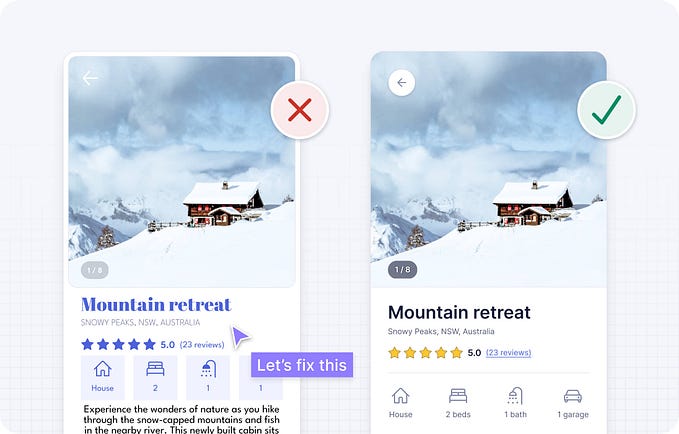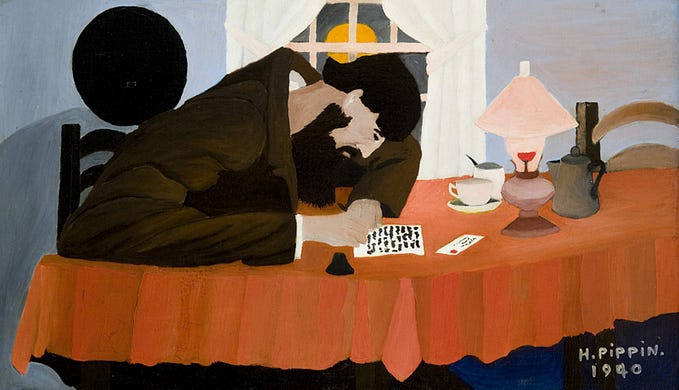
The Art vs. Design has been a long debated topic and with things changing rapidly in this ever- evolving world, the lines between the two are blurred and tweaked every single day. However, Art and Design are two different fields, even though they may seem to overlap very often, they do have a distinct line separating them.
Both the fields are incredibly vast, therefore to come to a conclusion, we’ll need to narrow down the playing area. Illustration and Graphic design share a lot of visual principles with art, and their definition can change based on what is being created. Here, we’re considering digital product design.
According to wikipedia’s definition of art, “Art is a diverse range of human activities in creating visual, auditory or performing artifacts, expressing the authors imaginative, conceptual ideas or technical skill, intended to be appreciated for their beauty or emotional power”.
And when it comes to Design, Wikipedia says “Design is a plan or a specification for the construction of an object or system or for the implementation of an activity or process.”
The first difference between Design and Art lies in the intention. The purpose of why it was made.
Art is created to provoke thought and emotions in the consumer, to be appreciated. Art does not exist to fulfill any set specific goal. Art leaves the consumer pondering, in awe, contemplating over its meaning and the way they wish to perceive it.
In other words, Art usually asks questions.
Design, on the other hand, has no room for awe or contemplation. Design has a set goal. A problem that it aims to solve. Design exists to fill a purpose
Design finds solutions.
Interpreting Art vs. Understanding Design

A huge difference when it comes to art and design is the way in which it is interpreted. Art is open-ended when it comes to interpretation. It provokes different thoughts and emotions. Different people can take away different messages from it. In this sense, Art can be vague about what it wants to convey, leaving it to the consumer about what they want to take away from it.
Design cannot afford to be vague. If it is, it’s bad design. Design needs to convey to the user exactly what it intended to convey. The message needs to be crystal clear and the same message needs to be understood by different people. Design demands a consistency which is absent in the arts.
Designers play by rules.

This is perhaps the biggest difference between art and design, which is that art does not have a set of standard rules, whereas design does. Design needs to be consistent, and cannot be according to the whim of the designer, since it is going to be used by other people.
Design is a Process.
Design is not Art, but a process, a never ending, Iterative process. Take a look at the process of creation of both. Artists can usually work off instinct. They create their output based on what their preferences are(unless working for a commission, in which case they prioritize the client’s commission) and put out their work. There is no set process laid out which they have to adhere to.
Designers, however, have a methodical way of approaching a design problem using what designers call “design thinking”, which starts by putting themselves in the shoes of who they’re designing for and empathizing with them. Empathy is the bread and butter of a designer. They need to observe, and highlight pain points of their user, keep in mind the target audience, put their own ego and desire for self-expression aside and design according to what the user would like for the product to be.
It is a non-linear process, but it is a process nonetheless.
Iteration
Once a prototype for a design is made, it is tested with users. Feedback is collected, and it is improved. Which is then tested, and again improved. Design is ever evolving. It can always be improved.

Art is not tested or improved like design is.
“Looking good”
Contrary to popular belief, Making things look pretty is not the top concern of a designer. Let’s take a look at the Design Hierarchy of needs.

Creativity is at the top of the pyramid here. Designers do not need to be creative every second of their work. Functionality is the fundamental need of a design. It must work well. Any visually appealing/artistic/creative design is useless if it doesn’t do what it was meant to do: function to solve the problem.
“Design is not just what it looks like and feels like. Design is how it works”. — Steve Jobs
Functionality over aesthetics. Always. Which, doesn’t hold true when it comes to Art.
Even though the fields may appear similar, Artists and Designers are different people with different skill sets, producing outputs that serve different purposes. Artists can work off instincts but designers need to be methodical, they need to use the artistic side of their brain as much as they need to use the analytical side to come up with designs that solve problems.
In conclusion,
Design is not Art. Design is where Science and Art break even.









